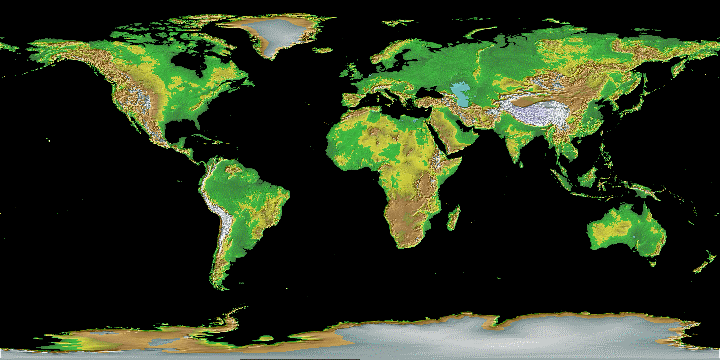
Today’s MNCs are faced with fast and technologically-influenced changes in global markets. Optimizing global efficiencies, national responsiveness, and worldwide learning all required MNCs to find new strategic orientations and changes in organizational capabilities.
International markets are complex and volatile, requiring management to find new ways of efficiently meeting rapid changes.
Many MNCs such as Dow Chemical and Citibank tried different operational management structures, such as the “Global Matrix” popular in the ‘80’s. This model prescribed MNCs manage their international operations through an international division at the early stage of foreign expansion, which both foreign sales and the diversity of products sold abroad are limited. Subsequently, those companies that expand their sales abroad without significantly increasing foreign product diversity typically adopt an area structure. Other companies that expand by increasing their foreign product diversity tend to adopt the worldwide product division structure. Finally, when both foreign sales and foreign product diversity are high, companies resort to the global matrix. In this process, theory didn’t translate well to practice, and debate was often reduced to generalized discussions of the comparative value of product- versus geography-based structures and to simplistic choices between “centralization” and “decentralization.” The Global Matrix turned out to be an organizational nightmare. Other structures were sought.

The dynamics of structural relationships between the headquarters and subsidiaries or branches, and the other types of organizational structures for the entire global corporate group and the roles of the SBUs (such as “National Units”, or “subsidiaries”, or “foreign operations”) include:
1. Decentralized Federation
Most European companies expanding abroad faced local competition, so they needed to build local production facilities, and these National Units became increasingly independent. This form suited European management tastes, where the internal culture emphasized personal relationships rather than formal structures, and financial controls more than operational/technical details. National Units had more operating independence and strategic freedoms from HQ, and were managed more as a portfolio of offshore investments rather than a single international business. At HQ, strategic decisions were decentralized, with loose, simple controls over subsidiaries, and subsidiaries mainly took capital out and sent dividends back, focusing on its own local market. This type of organization gave the company a multinational strategy with a decentralized federation.
2. Coordinated Federation
American companies varied from European companies in this development, with an international strategy with a coordinated federation. HQ provided mainly formal system controls such as planning, budgeting, replicating parent company administrative systems, and subsidiaries provided mainly knowledge flows back to HQ in technology products, processes, and systems. This was also an “old boys’ network”, particularly powerful after World War II, where companies leveraged the U.S.’s strengths in technology, financing, and sheer size. Newly independent nations and reconstructions created built in demand for these American companies. Although the management systems were sophisticated (management consulting firms such as McKinsey and Bain did quite well during this period), foreign operations often felt they weren’t accorded a level of respect as they felt they deserved, with the amount of responsibility they managed. Instead, they were treated as extensions of HQ’s plans, carrying out formal plans and subject to controls by HQ.
3. Centralized Hub
The typical Japanese company forayed into the international market mainly in the 1970’s, and faced a different environment than American and European companies. Trade barriers were falling, and its plants were new, efficient, and scale-intensive. The Japanese culture also contributed to this form, where competitive strategy emphasized cost advantages and quality assurance, and required tight central control of product development, procurement, and manufacturing. A centrally-controlled, export-based internationalization strategy represented a perfect fit. Group-oriented management practices came into play, communications-intensive, and people-dependent. A global strategy with an export focus was the norm for these MNCs, with HQ maintaining tight, simple controls in key strategic decisions made centrally, and subsidiaries mainly managed the flow of goods.
4. Integrated Network Model
This type developed for the transnational corporation, different from multinational, international, or global corporations: It builds and legitimizes multiple diverse internal perspectives able to sense the complex environmental demands and opportunities; its physical assets and management capabilities are distributed internationally but are interdependent; and it has developed a robust and flexible internal integrative process. With transnational corporations, HQ doesn’t need to centralize activities for which global scale or specialized knowledge is important. It gives National Units/subsidiaries the ability to become the company’s world source for a product/expertise. Being local, these Units can have their thumbs on the local pulse in trends and developments. Units become interdependent, and distributed, specialized resources and capabilities are shared. There are large flows of components, products, resources, people, and information amongst the Units. HQ has a complex process of coordination and cooperation in an environment of shared decision-making.